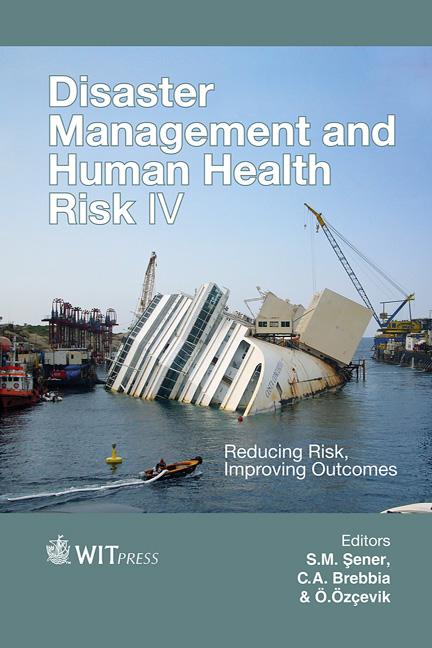Analysing Velocity Data For Emergency Cars At Urban Crossroads
Price
Free (open access)
Transaction
Volume
150
Pages
11
Page Range
219 - 229
Published
2015
Size
2,698 kb
Paper DOI
10.2495/DMAN150201
Copyright
WIT Press
Author(s)
M. Woelki, R. Nippold, S. Ruppe
Abstract
Concerning disaster management with respect to urban transport, one vital and lifesaving part of this sector is the driving of emergency cars. In urban German areas, firemen have to reach their destination within a legal time of eight minutes within 90% of the cases of emergency. In order to achieve that, they are equipped with special right-of-way when activating their flashing blue light. They can drive with increased speed, they have priority, they can use emergency lanes formed by other cars and they can pass over red traffic lights. However, although they are equipped with these special rights, they have to be careful that no accidents happen and that nobody is injured. Consequently, at each intersection they typically have to reduce their speed. Therefore, it is difficult to predict for a given fire station the actual region that can be reached within the legal time. Obviously, crossings form a major bottleneck along their route. Therefore, the present paper considers real data for emergency cars at crossroads. The velocity data of emergency cars passing the crossroad are compared in case of driving (1) with blue-flashing light and siren, (2) only blue-light driving, and (3) without any signal. The results are a first step towards a realistic prediction of the trajectories of emergency cars in case of emergency and help to identify bottlenecks that should be avoided if possible. The results can be used for special routing for emergency cars and are of importance for typical cases of emergency as well as large-scale applications of disaster management.
Keywords
urban transport, routing, GPS-data, velocity profile, Brownian Bridge




